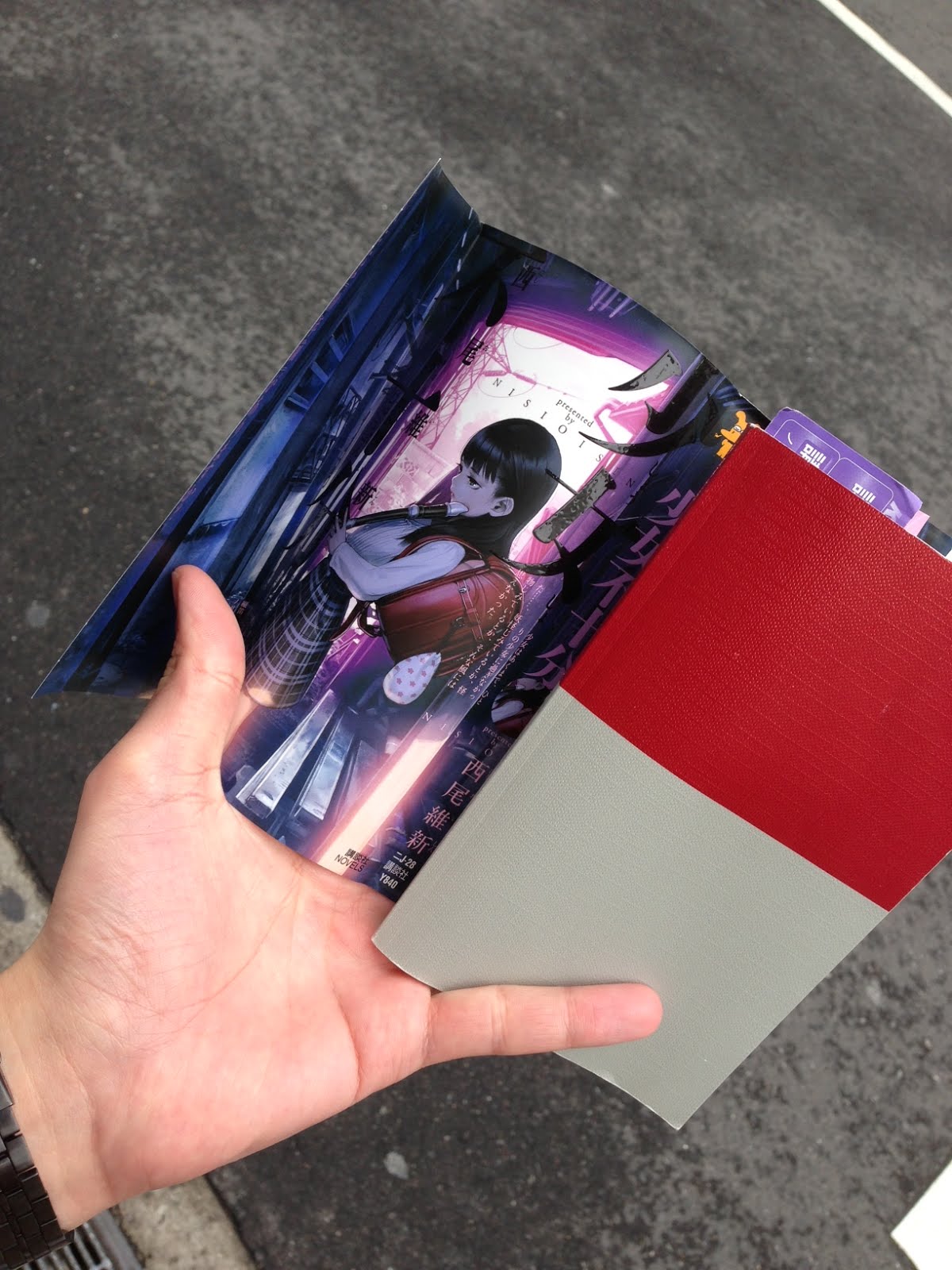少女不十分 (西尾 維新/(講談社)

購入価格:390円
評価:
この記事は約3分32秒で読めます
日本人にとって当たり前の考えも、あらためて外国の人の眼を通すと、なるほどなと、浮かび上がってくるものがある。
ただ生きているだけでは値打ちがないという、「生きている甲斐」なんて発想は、よく考えれば新しいよなあ、と。
One of the most common sayings in Japan is “Hara hachi bu,” which is repeated before or after eating and means something like “Fill your belly to 80 percent.” Ancient wisdom advises against eating until we are full. This is why Okinawans stop eating when they feel their stomachs reach 80 percent of their capacity, rather than overeating and wearing.
(意訳: 日本の最も一般的なことわざのひとつは、食事の前後によく言われる「食べるのは腹の80パーセントまで」ということを意味する「腹八分」です。 私たちが腹がいっぱいになるまで食べないようにという昔からの知恵です。これこそ沖縄の人々が、食べ過ぎることなく、胃袋の8割がたに達したところで食べるのをやめる理由です。)
The Characters Behind Ikigai In Japanese, ikigai is written as 生き甲斐, combining 生き, which means “life,” with 甲斐, which means “to be worthwhile.” 甲斐 can be broken down into the characters 甲, which means “armor,” “number one,” and “to be the first” (to head into battle, taking initiative as a leader), and 斐, which means “beautiful” or “elegant.”
(意訳: 日本語における「生き甲斐」という漢字は、「生き」は「人生」を、「甲斐」は「価値がある」ということを意味します。 「甲」は「鎧」や「ナンバーワン」、「最初のもの」を意味し、「斐」は「美しさ」や「エレガント」を意味します。)
Mitsuo Aida was one of the most important calligraphers and haikuists of the twentieth century. He is yet another example of a Japanese person who dedicated his life to a very specific ikigai: communicating emotions with seventeen-syllable poems, using a shodo calligraphy brush.
(意訳: 相田みつをは、20世紀の最も重要な書道家であり歌人の一人でした。 彼は自分の人生を非常に具体的な生き甲斐に捧げている日本人の例です。彼は117音節の詩歌を、書で表現しました。)
- 前の記事
- デザイン/アート留学のすすめ
- 次の記事
- 英語で話すヒント 通訳者が教える上達法
出版社・編集者の皆様へ──商業出版のパートナーを探しています
*本ブログの連載記事「アメリカでホームレスとアートかハンバーガー」は、商業出版を前提に書き下ろしたものです。現在、出版してくださる出版社様を募集しております。ご興味をお持ちの方は、info@tomonishintaku.com までお気軽にご連絡ください。ブログ一覧
-
ブログ「むろん、どこにも行きたくない。」
2007年より開始。実体験に基づくノンフィクション的なエッセイを執筆。不定期更新。
-
英語日記ブログ「Really Diary」
2019年より開始。英語の純粋な日記。呆れるほど普通なので、新宅に興味がない人は読む必要なし。
-
音声ブログ「まだ、死んでない。」
2020年より開始。日々の出来事や、思ったこと感じたことを台本・編集なしで吐露。毎日更新。
関連記事
新版 ジャパンアズナンバーワン
2019/05/09 book-review migrated-from-shintaku.co
1979年に書かれた本書は、今読むとむずがゆいほどに日本のことが素直にほめられて ...
小説家が読むドストエフスキー
2016/03/20 book-review book, migrated-from-shintaku.co
ドストエフスキーが大好きなもので、この手の本には弱い。そして、ドストエフスキーが ...
新約聖書 (まんがで読破シリーズ)
2017/05/13 book-review book, migrated-from-shintaku.co, religion
このシリーズはよい。が、先の旧約に比べると絵のクオリティにやや難あり。まあそれは ...
男がつらいよ 絶望の時代の希望の男性学
2016/09/18 book-review book, migrated-from-shintaku.co
ほんとうにしょうもない本だった。読書会の課題本としては珍しいくだらない本。本当に ...
キリストの身体―血と肉と愛の傷
2017/07/07 book-review book, migrated-from-shintaku.co, religion
人々どれだけキリストなる存在に拘泥してきたかが嫌というほどわかる。興味深いことこ ...










